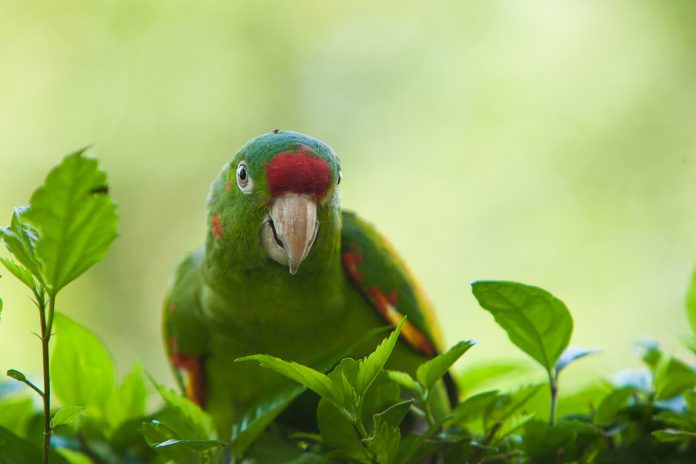Is there good bird watching in urban San José? We’re here to tell you: there’s plenty to see.
Bird lovers know that the first requirement for bird watching is open spaces. Birds need freedom to fly not just a few but, in the case of migratory birds do, hundreds and thousands of kilometers. Birds can be found even amidst the concrete—and the more green patches a city has, the more chances we have of finding species that will leave us speechless.
San José and the urban centers of the Greater Metropolitan Area are no exception. Over time, some of the diverse bird species that seemed to have been lost to the city have been seen repopulating our cities’ many green corners. Thanks to efforts to not only increase green spaces but also diversity of flora, more and more birds are returning to the cities.
If you are a bird lover, with or without experience in bird watching, we invite you to go to the park, wooded route, Interurban Biological Corridor, or any small forest near your home or accommodations to look for the most common species in the cities of the Central Valley of Costa Rica. And if you find something special, be sure to tell us!
What species of birds can we find in the Central Valley of Costa Rica?
According to a talk by the Ornithological Association of Costa Rica, as of March 2021, the following is part of the base list of bird species that can be found in the Central Valley and that you should look for:
El Yigüirro (Turdus grayiI) Clay-colored Thrush
The national bird of Costa Rica. Its song announces the arrival of the rainy season.
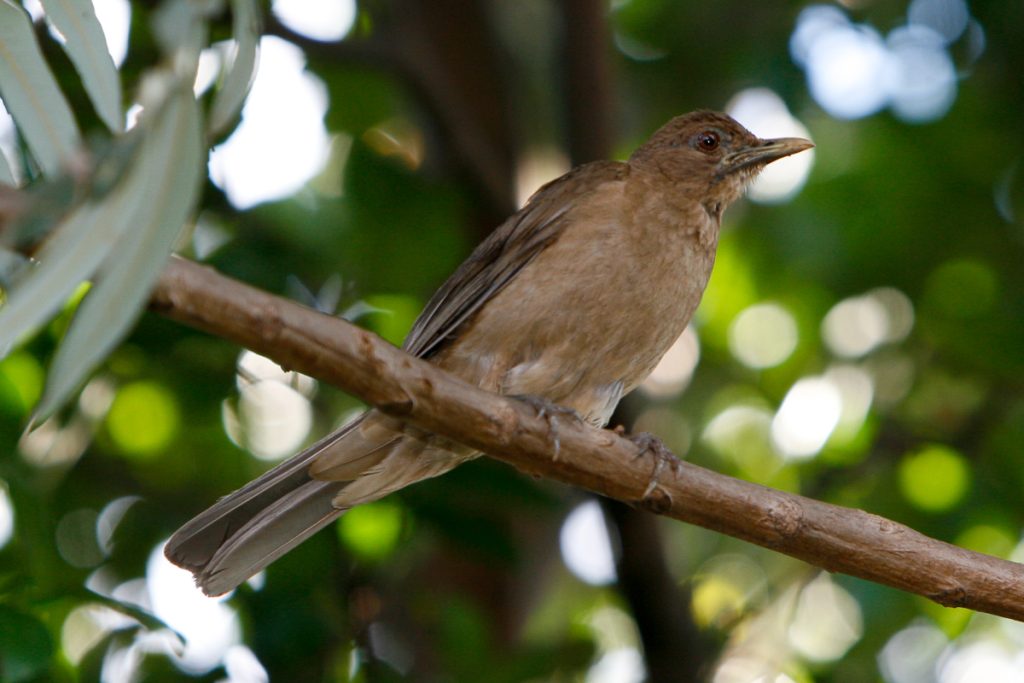
Perico Frentirrojo (Psittacara finschi) Crimson-fronted Parakeet
Endemic to Central America. They’re loud in groups.
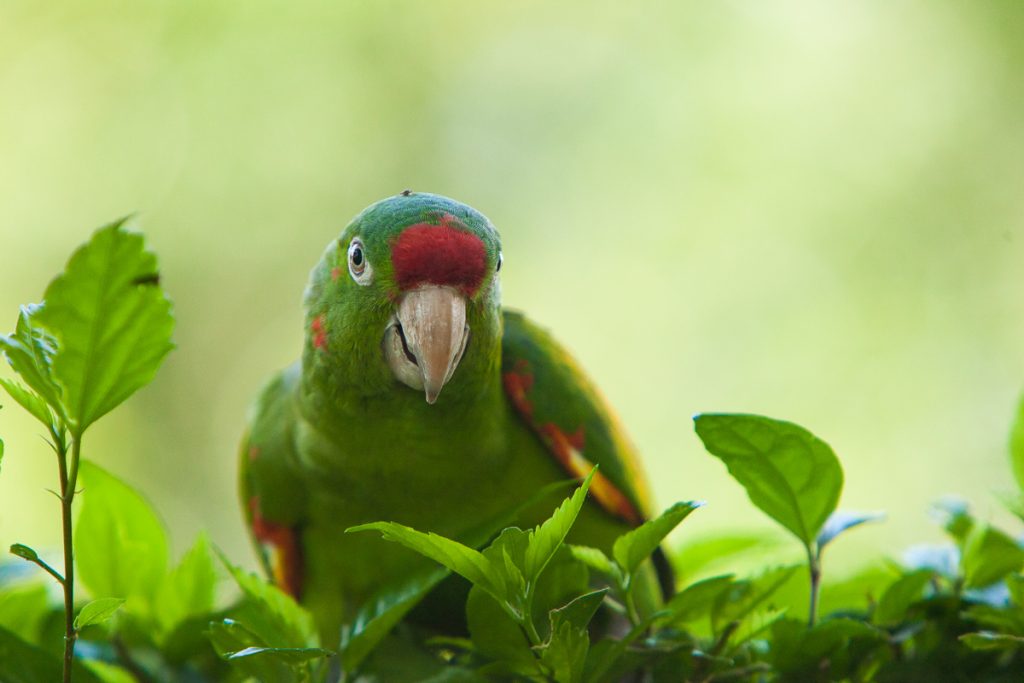
Zanate Grande (Quiscalus mexicanus) Great-tailed Grackle
City dweller that has learned to take advantage of urban spaces.

Colibrí de cola rufa (Amazilia tzacatl) Rufous-tailed hummingbird.
This small, cheerful bird is commonly found visiting shrubs and flowers in the Central Valley.
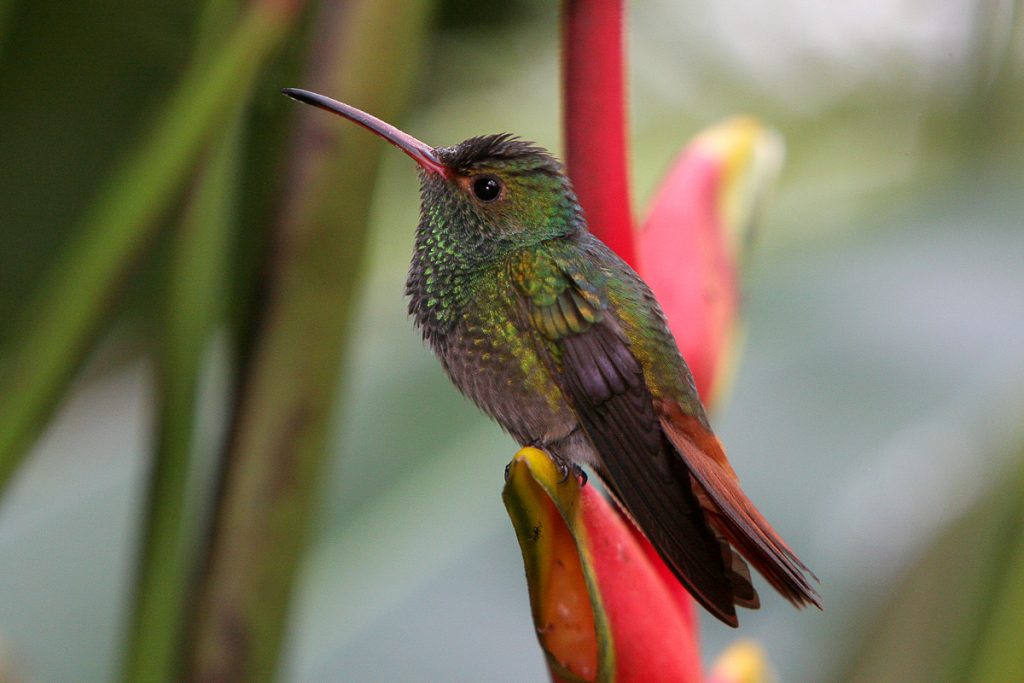
Paloma Aliblanca (Zenaida asiática) White-winged Dove
Originally found more often in dry forest, it has adapted to cities.

Comemaíz (Zonotrichia capensis) Rufous-collared Sparrow
Very common throughout the country, its song varies depending on where it is.
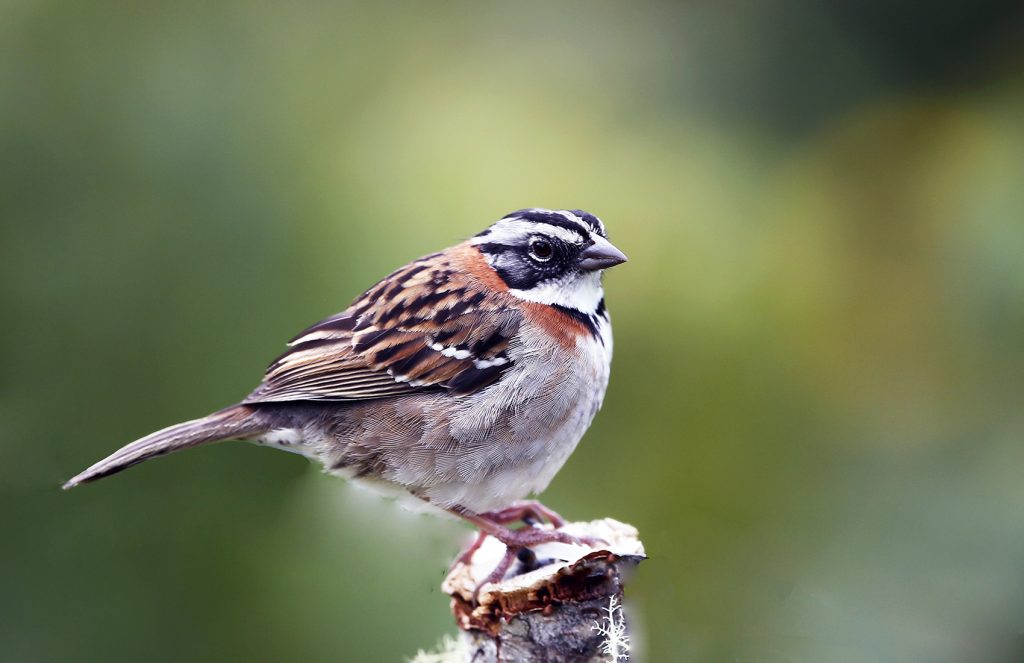
Carpintero de Hoffmann (Melanerpes hoffmannii) Hoffmann’s Woodpecker
Of the most common woodpeckers in the Valley. The male has a red patch on his forehead, and the female does not.

Tangara Azuleja o Viudita (Thraupis episcopus) Blue-gray Tanager
Very common to find it in pairs or groups, well known throughout the country.
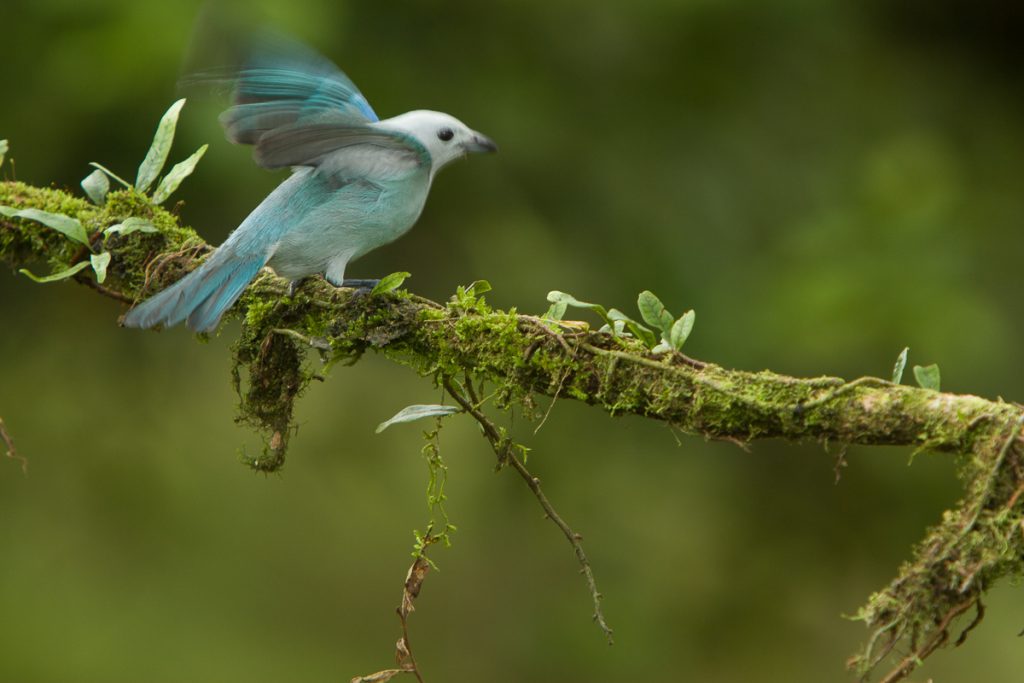
Paloma Piquirroja (Patagioenas Flavirostris) Red-billed Pigeon
This large pigeon is also known as a purple pigeon.
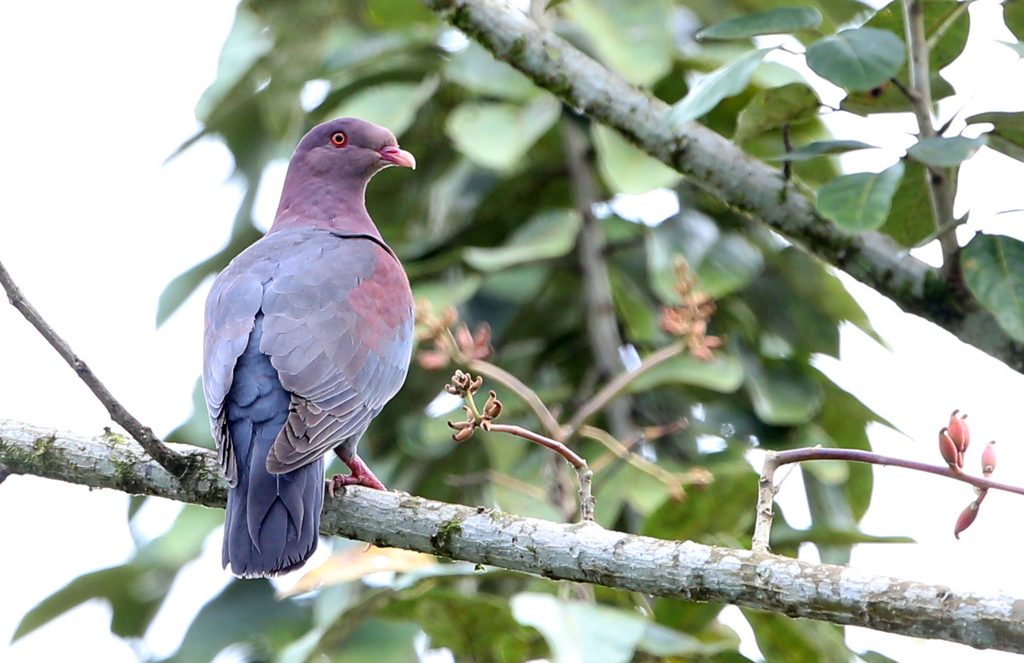
Momoto Coroniazul o Pájaro Bobo (Momotus lessonii) Lesson’s Motmot
With its beautiful plumage and relaxed air, it’s a Valley favorite.
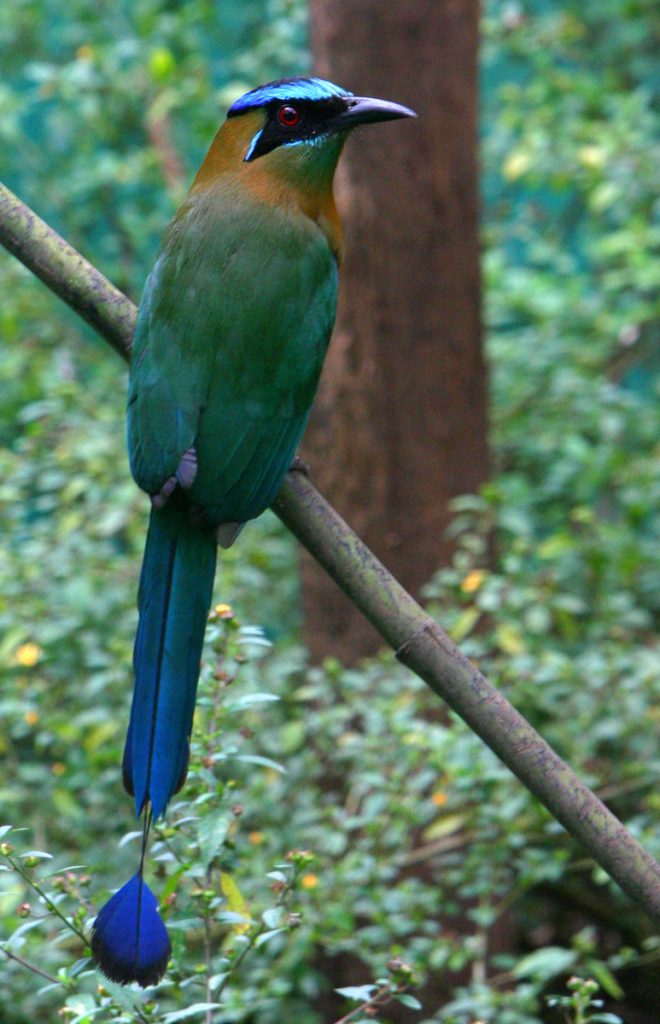
Bienteveo Grande o Pecho Amarillo (Pitagus sulphuratus) Great Kiskadee
The most common of the three yellow-breasted species.
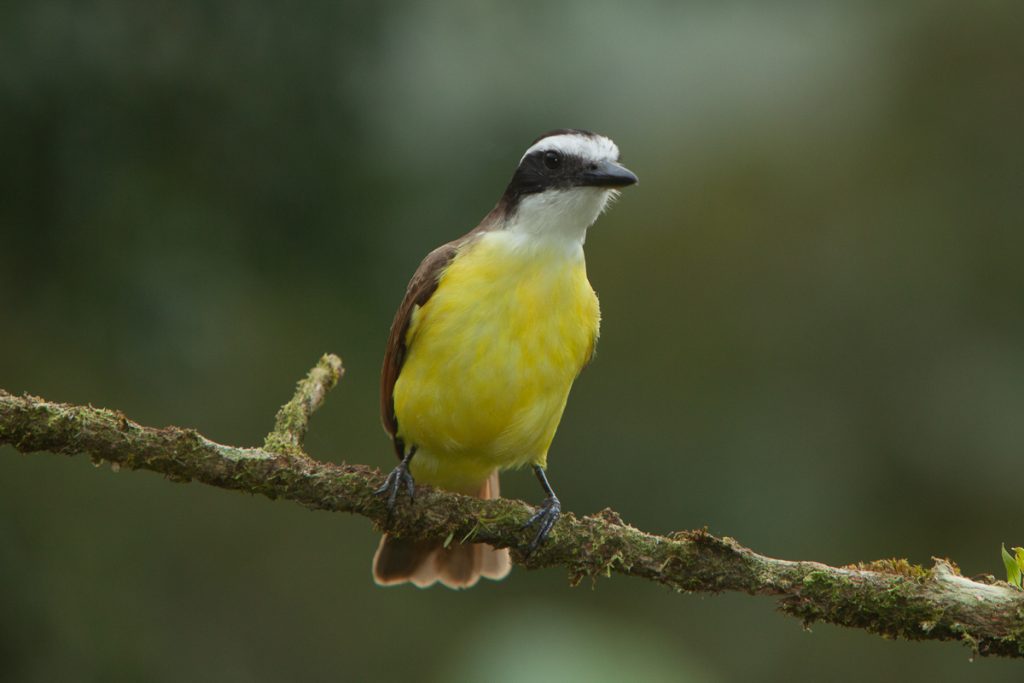
Tirano Tropical (Tyrannus melancholicus) Tropical Kingbird
A great insect hunter, always alert.

Rascón Cuellligrís o Pomponé (Aramides cajaneus) Gray-cowled Wood-Rail
Commonly heard along the Torres River.
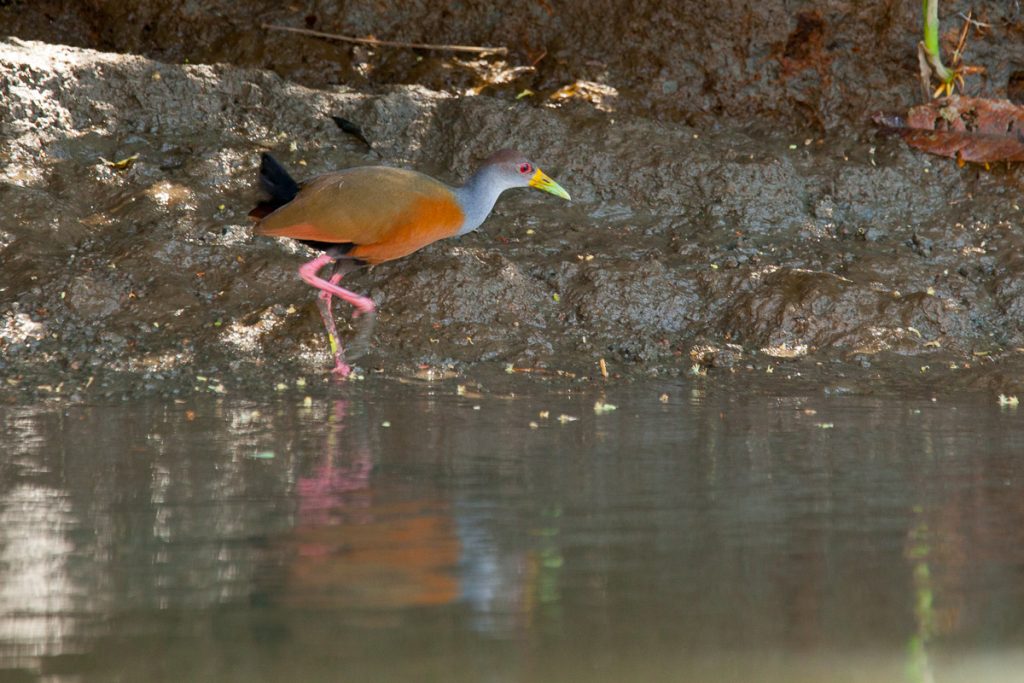
Cuco Ardilla (Piaya cayana) Squirrel Cuckoo
A larger bird with a tail resembling a squirrel’s.

Pinzón Orejiblanco (Melozone leucotis) White-eared Ground-Sparrow
Its white and yellow markings make it easy to recognize.

Zopilote Negro (Coragyps atratus) Black Vulture y Zopilote Cabeciroja (Cathartes aura) Turkey Vulture
These raptor species are well known, but still important for your Costa Rica birding checklist.
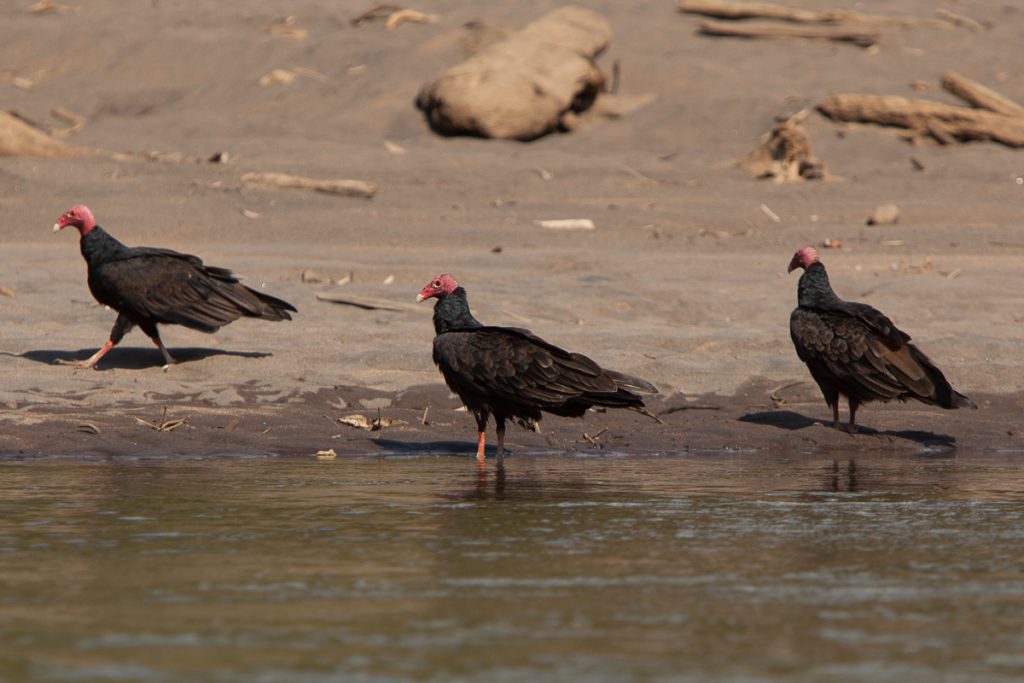
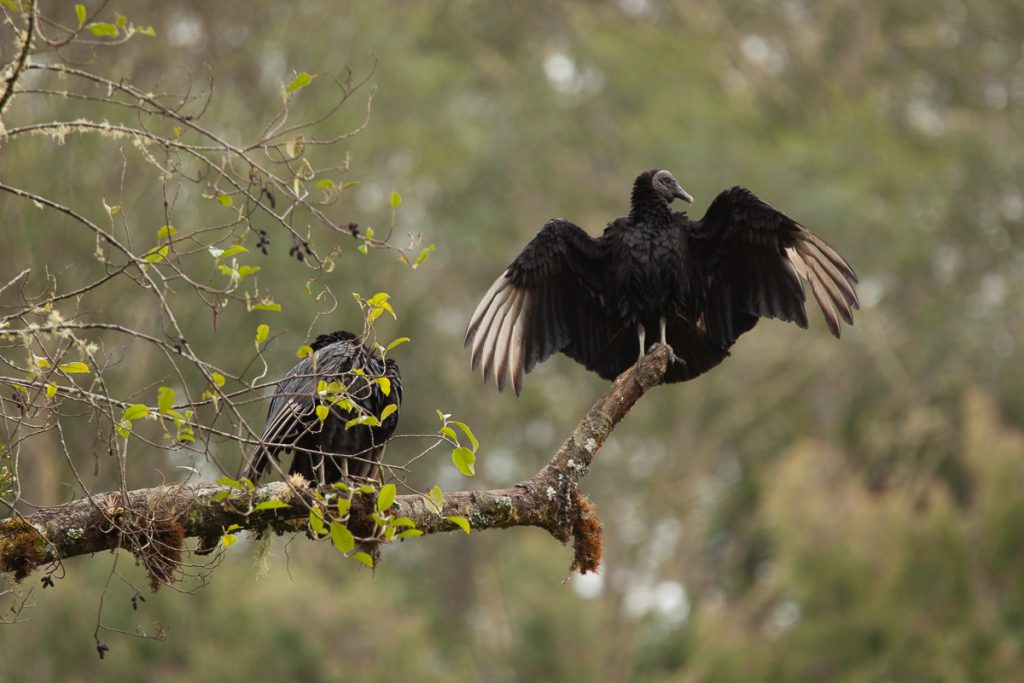
Caracara Cabecigualdo (Milvago chimachima) Yellow-headed Caracara
In the hawk family, increasingly common in the Central Valley.
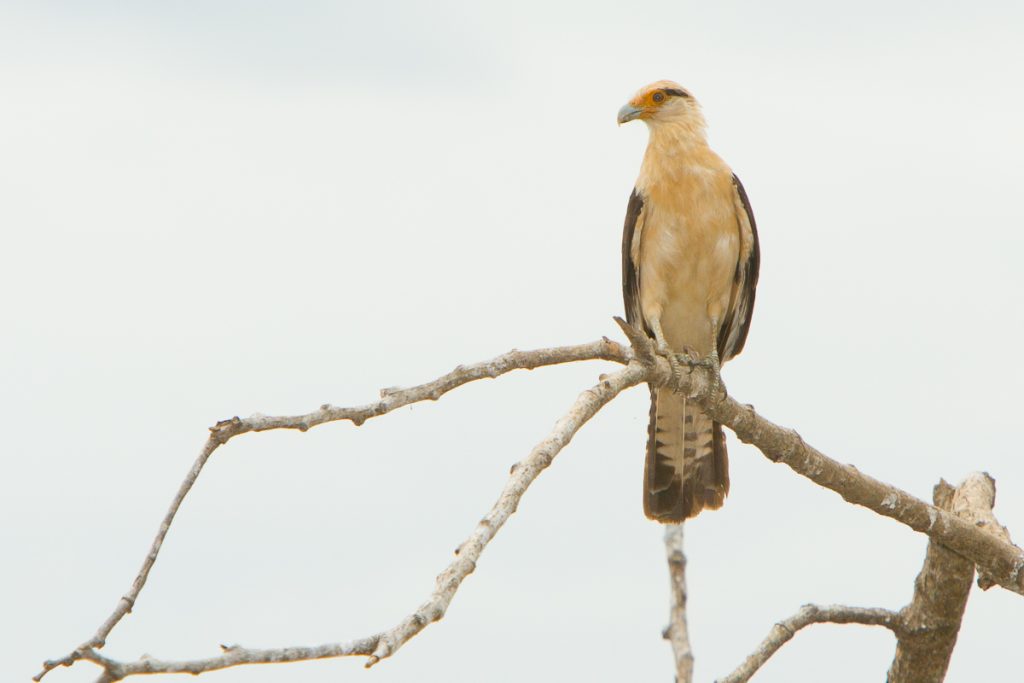
Lechucita Neotropical (Megascops choliba) Tropical Screech-Owl
One of the three species of barn owls in the Valley that help control rodents and other species.

Reinita Amarilla (Setophaga petechia) Yellow Warbler
One of the first migratory species to visit Costa Rica from the north during the winter.
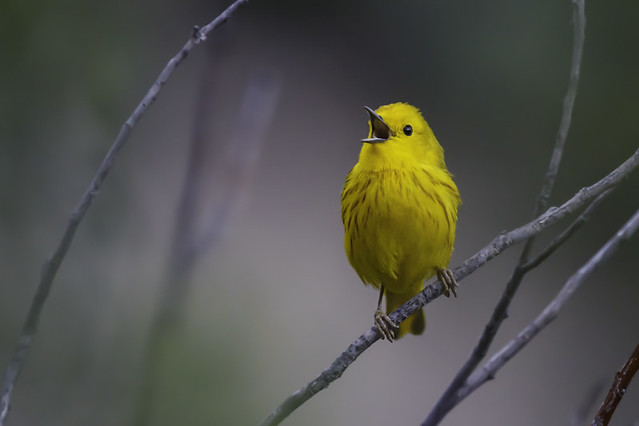
Tangara Veranera (Piranga rubra) Summer Tanager
Because of its color, similar to the achiote spice, it is also called Achiote Bread. This migratory bird fills the landscapes of Costa Rica with color during the winter.



